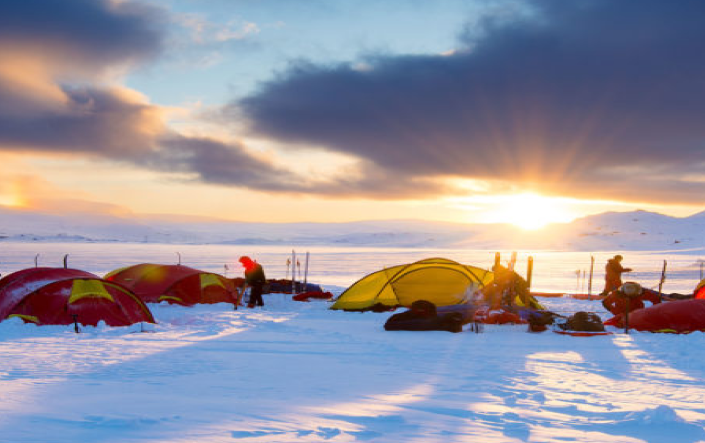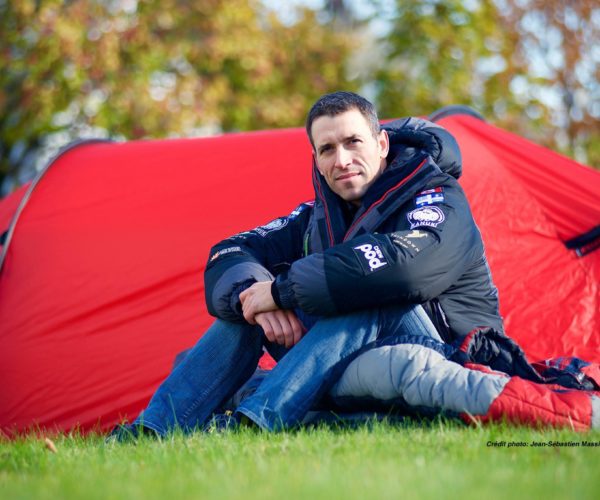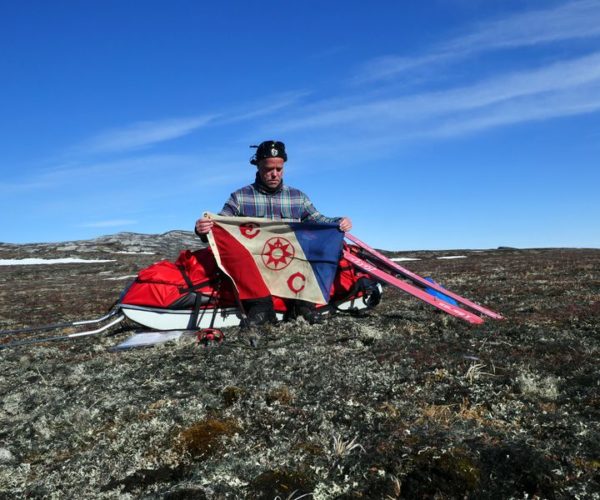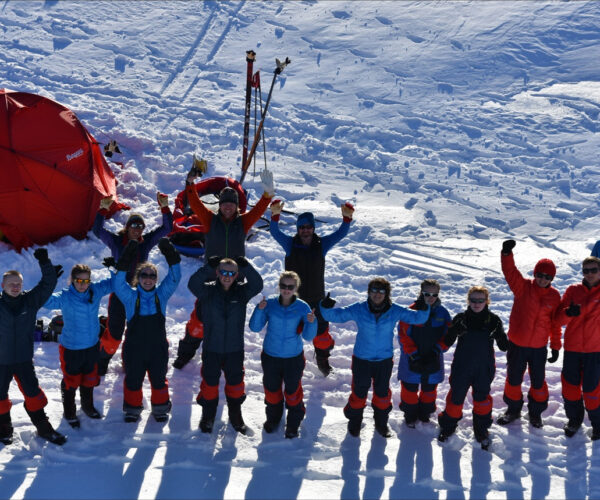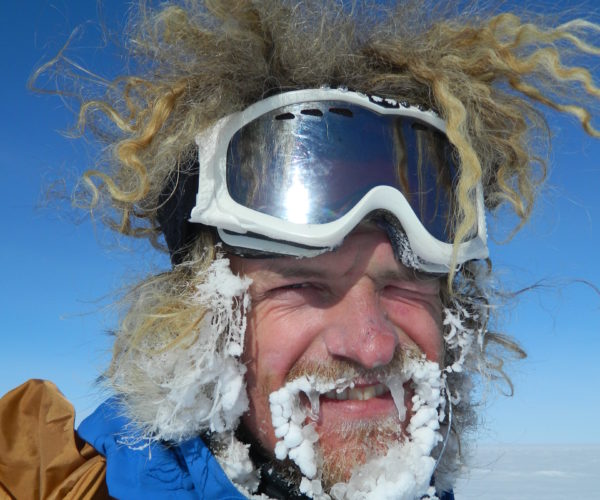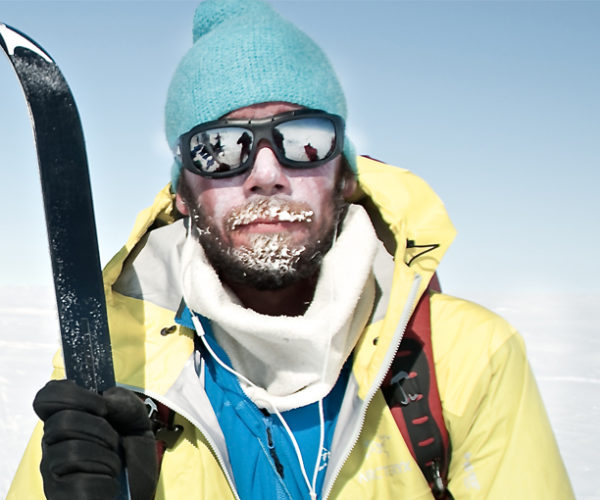How to choose the right skin? How to treat your skins? And which quality to choose?
Durability and use
| 100% mohair | Mix | Nylon |
| Excellent glide
Good grip Excels at dry condition |
Combines the excellent glide properties of Mohair and the abrasion strength of Nylon materials. | The most durable material
Good glide- and grip properties Excellent for wet snow and hard use |
| Lifetime: approximately 80.000 m | Lifetime: approximately 120.000 m | Lifetime: approximately 150.000 m |
The lifetime numbers were stated from our skin material suppliers (Colltex and Pomoca). The numbers can vary and the abrasion was measured for uphill walking and flat terrain – not downhill skiing with the skins on.
General advice
Remove any waxes before the skin is attached to the sole.
Ski waxes can easily adhere to the glue and degrade the adhesive properties. Especially waxes
containing Teflon, fluorine, silicon or the like can cause such problems.
Important:
After use, the skins should always be placed together with the adhesive sides against each other, or alternatively
on the supplied skin protective net that comes with some of the skins.
The skins must be joined together before drying and never rolled up.
Allow the skins to dry, hanging, in room temperature.
Protect the skins against sunlight and strong heat as this can damage the adhesive. Do not use solvent on the skins.
When the adhesive surfaces become dirty, they can be cleaned by scraping them and by letting them dry for 2-3 hours.
If necessary, apply one thin layer with new with a spatula after removing the old glue. The glue must dry for 6-10 hours.
A new technique is to remove the old glue using a special electric heater and heat new adhesive from a roll (ask your dealer).
In severe cold, you may have trouble mounting the skins. Make sure the skis and skins are clean
and free from ice and snow. Warm up the skins on the inside of the jacket before putting them on cold skis.
Despite good wear resistance, the adhesive surfaces will be damaged over time. Check the adhesive surfaces after a period of use and in
all cases prior to each ski season, apply new adhesive if necessary.
NB! Try to avoid and squeeze the glue side of the trap, as this will over time cause the glue and
the properties to deteriorate.
You’ll get the best results if you treat your skins only with original products.
Short climbing skins or long climbing skins?
The short climbing skins should in general stay with you on every adventure you embark on with BC skis. You can even bring two different types with you. One wide, and possibly of Nylon, and one narrower made of Mohair. That way you should be covered no matter what obstacle you may meet.
Short skins are most suitable for long walks, pulling of sleds of flats and when you want to be guaranteed grip without spending time waxing your skis. Short skins are used primarily for movement in flat and moderate terrain but can work uphill, in steeper accents too, if the conditions are right.
Long climbing skins are used for climbing when you need as much grip as possible going uphill. Typically when you want to have a maximum grip and to do as many altitude meters as possible. Often, long skins are used for alpine touring or when pulling a sled in up steep slopes.
X-Skin short skins:
Suitable for BC skiing. As a standard, it should accompany two pairs of short skins to all Åsnes BC skis.
Our short skin is superior by requiring little maintenance. When using a short skin, you get a solid grip under the ski, regardless of conditions. At the same time, much of the glide is preserved because the skin only covers the grip-sone under the ski.
Short skins are especially distinguished in deep snow, whether to pull a sled or if one wants to be guaranteed good grip regardless of conditions. Some also choose to attach them permanently under the ski, especially on expeditions. It can also provide security to those who want to slow down a little more during descent.
The short skins from Åsnes have over the years become the standard for everyone to live up to. Our skins are made by Colltex and Pomoca, the best climbing skin producers in the world. We also have different qualities, ranging from solid Nylon to Mohair and Race quality.
Our X-skins short skins, patented Skin protector and Skinlocks are quality assured over years with hard use and testing. It does not ice up and is the safest and best solution on the market.
Access Skins:
Skin locks on alpine touring skis are something you only find on Åsnes ski. This is unique to us and our skis.
Our access skis are simply made as wider short skins, made for alpine touring skis. They are suitable for access use, meaning that the work perfectly for long approaches in flat terrain, when you need maximum glide on your alpine touring skis, for short hikes from a ski lift in the resort or as a lighter and more compact alternative to regular long skins. They fit in your pocket!
The access skin takes up very little space and fits in your inner pocket. Therefore, there is no excuse for not bringing them when skiing in the resorts. That way you can do a short hike with skins instead of “booting” but that small slope next to the resort.
Last but not least, also remember to bring avalanche equipment if you are going to embark on skinning in avalanche terrain.
Long Skins:
“When the going gets tough, the tough get going”.
– and that’s the case for ling skins too. Long skins give you more friction and better grip going uphill. Particularly suitable when skinning up steep slopes. The long skins are not recommended for flatter terrain unless special situations require it. Typically and traditionally, long skis is used for alpine touring.
Mohair or Nylon?
In short, Mohair glides better than Nylon.
Feel free to choose Nylon if you are going to pull heavy loads, planning on embarking on an expedition or if you for example do a lot of downhill skiing with the skins on. Nylon is much more durable than other materials.
If the focus is better glide and a faster pace, choose Mohair. Easy as that.
Often, some choose to purchase a pair of Nylon skins as the “wear and tear option” and possibly a second pair of Mohair skins for flat terrain and better glide. A good option could be to choose a narrower mohair skin for better glide and less friction.
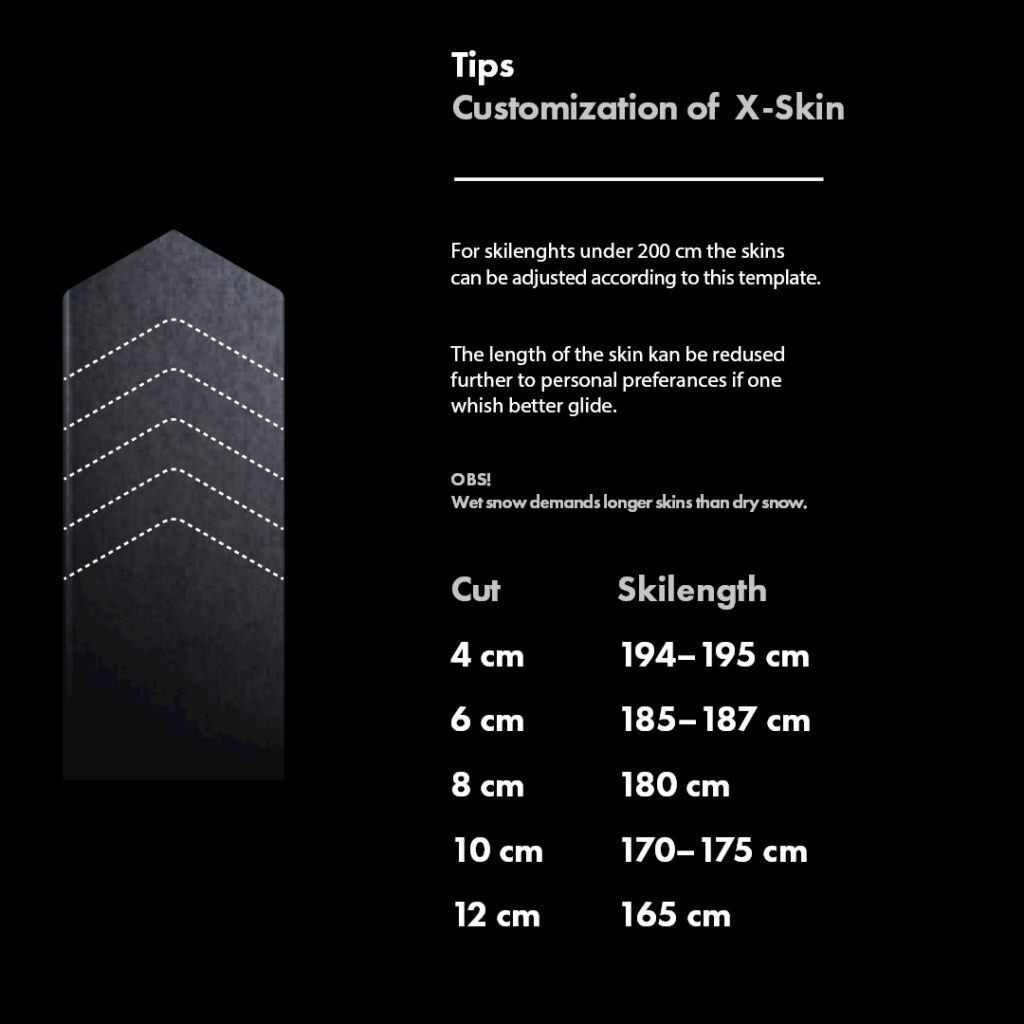
Mohair (The best glide characteristics):
Mohair skins are made of natural fibers, which gives good glide and wonderful properties in dry and cold conditions. Our Mohair and Race skins give you the best possible glide. On the other hand, the natural fibers of Mohair can suck up a little more moisture and wear out a little faster than synthetic fibers. We, therefore, recommend treating the skins with skinwax or a liquid proofer to avoid moisture, icing and mechanical wear.
The Race skin is also made of 100% Mohair but has shorter fibers and less friction. This gives a fantastic glide, but less wear resistance. Our race skin is made of the fastest and lightest skin fabric on the market.
Nylon – synthetic fiber (superb grip and abrasion resistance):
The nylon skin is made of synthetic fiber, which means longer durability and the type of skin that that is much more resistant to moisture and icing. Therefore, such skins are suitable for hard use and in damp/moist conditions. Nylon skins also provide the best possible grip in the vast majority of conditions but do not glide as well as mohair skins.
Mix-skins:
There are also skins with mixed fabrics, whereas the most common i a combination of about 70% Mohair and 30% Nylon. These skins often combine the best of both qualities, by trying to maintain as much of the glide characteristics as possible with Mohair, but at the same time blending in Nylon to increasing wear resistance and a less water absorption.
Treatment of skins:
A good climbing skin is like a good vine – it gets better and better until it is destroyed. With that, we mean that good skin is best when it is “worn in” so that some of the fibers are worn down and so that the skin is “worn in” to the one using it. A good skier will wear out the skin differently than a beginner because they have a different technique. With that said, one can argue that skins should be personal and taken good care of. If one treats the skins well, one could easily have a skin for years or at least 500-600 kilometers with skiing. Avoid your skins getting in contact with dirt, dust, and contamination of the glue and make sure to dry them hanging up in room temperature.
Waxing/proofing:
We like to say that skinwax is equivalent to “happiness in a pocket format”. No one likes accumulation of ice and snow underneath the skis, so it should be a matter, of course, to bring skinwax to a skiing trip. We recommend to use hard wax and be generous when waxing the skins. Is it also a really good idea to bring with you a small brick of softer wax to apply in the field. Pomoca and Colltex both offer such wax.
By waxing the skis, one avoids icing, accumulation of snow and keeps the skins dry – meaning they will last much longer, be more of a pleasure and glide better. We primarily recommend wax, as the wax stays in the skin for longer than liquid alternatives.
Most serious sports shops selling skis stacks glide wax, and that can be used with great success. Everyone selling our short skins should also stock skinwax and liquid skin proofer. All of the mentioned options should do the job.
Storage:
Climbing skins should be kept dry, sheltered from sunlight (dark) and in normal room temperature. The is no need to freeze down quality skins, as some rumors have it. The most important to notice is that climbing skins should be dried properly after use, and this should NOT be done on a bathroom floor or close to other heat sources.
A climbing skin dries the best hanging on a cord as you dry your clothes – in room temperature. After the skin is dry, you can fold the glue surface against each other and keep them in their designated storage bag. Some skins also come with a “skin saver” or a net to put on the glue. This works well, but most skins with hotmelt glue will handle being glued together. All our skins will tolerate this.
If you experience “sticky and cushy” glue, there is a big possibility that the skins have been dried with too much heat.
6 simple thing to remember to make the skins last for longer:
1. Remember to dry the skins if they are wet. Drying shold be done in roomtemperature, never on a bathroom floor or close to heat sources.
2. If the skins get exposed to rapid temperature changes and the skins are ripped apart when glued together, it can damage the skins. It is best to mount the skins on the skis inside before one goes outside, or that one store the skins on the inner pocket on the inside of the jacket until one mounts the skins. If skins are taken directly outside in cold weather from a warm cabin, for example, and they are ripped apart from each other, this may mean trouble.
3. Frequent use of skinwax will protect the skins against water absorption, icing and snow accumulation. Skinwax also prevents unessecary wear on the skins – meaning that you get faster skins, less trouble and skins that last longer.
4. When mounting the short skins in the skinlock, make sure that they are properly attached and that the skinprotector is completely even with the sole of the ski. When that is done, you can attach the skin with its glue to the base of the ski.
5. Avoid violent disassembly of the short skins. If you rip the short skins off too fast and hard, this can cause the skinprotector to break at the back. However, it takes a lot of power and carelessness to get this done. But, be somewhat careful when you rip off the skins.
6. Climbing skins are directional. That is, the hairs in the skin and the way the skins are constructed are intended to move forward, not backward. If one backs and walks backward a lot with skins on the skis, the glue can loosen or the skin twist. It also wears much more on the fibers and the skin in general if it is used in the opposite way than it is intended.




